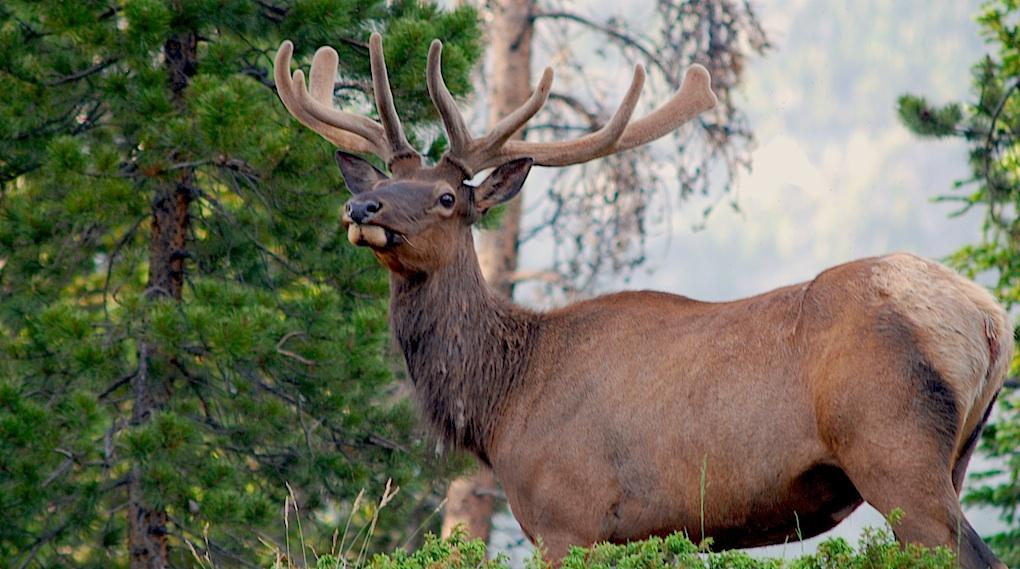
Chronic Wasting Disease in elk has the ability to tweak genes in the ungulates, according to recent research/Kurt Repanshek file
Researchers have found that elk herds infected with chronic wasting disease for decades are genetically different than herds that haven’t been exposed to the fatal disease. It all comes down to a specific gene and a relatively rare variant of a protein. Elk herds with a long history of CWD have the rare version of the protein at twice the frequency when compared to herds that do not have CWD.
This protein is important because previous studies on elk in captivity found that elk with the rare version of the protein can survive longer after contracting CWD, which may also allow them more time to reproduce. Elk with the more common version of this prion protein may only live two years or less before succumbing to the disease.
How this single, genetic difference might affect other aspects of health and fitness in herds remains to be seen. For example, carrying this rare version of the protein may have other unknown harmful effects on elk, and other factors, such as new strains of CWD, may also affect the influence of the rare protein on elk herds with CWD. It is important to note, too, that most elk studied do not have the rare variant of the protein. This suggests that wildlife managers should continue to take a cautious approach and adopt strategies that minimize the spread of CWD.
“One of the most important conclusions from this study is that we cannot assume this genetic adaptation will prevent the impacts of CWD on elk. We must continue to evaluate and, where necessary, adjust how we manage elk populations that are or could be exposed to this disease,” says Dr. Ryan Monello, lead author of the paper Pathogen-mediated selection in free-ranging elk populations infected by chronic wasting disease.
To see if wild herds are adapting to CWD, biologists from the National Park Service, Wyoming Game and Fish Department, USDA Agricultural Research Service, and Washington State University collected and analyzed more than 1,000 samples from elk populations in Colorado, North Dakota, and Wyoming. Some of the herds had been infected with CWD for 30-50 years, while others had never been exposed to CWD.
“CWD remains a major concern for the health of wild deer and elk populations and now occurs in more than 20 states and provinces in North America. These findings are critical for establishing a baseline in our study populations and understanding how elk populations may or may not be able to respond to CWD going forward,” Dr. Monello says.
This research was published online by the Proceedings of the National Academy of Sciences on Oct. 30, 2017. You can find the article on this site.



Add comment